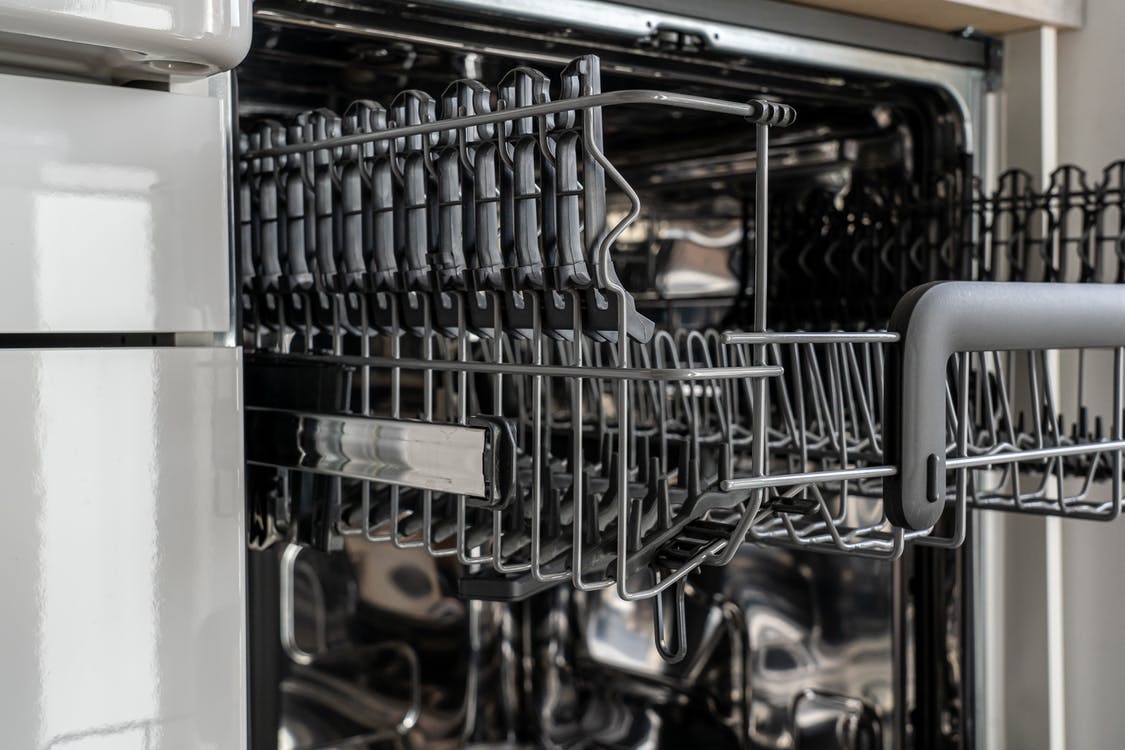Dishwashing is critical to restaurant or hospitality businesses. It is an essential operation that should not be overlooked. Hygiene, sanitation, and cleanliness are key in this industry. That is why business owners or managers should ensure getting the right commercial dishwasher.
In this article, we will talk about what you should know about commercial dishwashing.
What is the difference between dishwashing and warewashing?
In the food and hospitality industry, you often hear the words ‘dishwashing’ and ‘warewashing.’ Is there a difference? They are basically the same and you can interchange them in use.
Dishwashing means washing the dishes, which is a common term used. Warewashing means washing the wares like glassware, dinnerware, or flatware. Use whatever you please. The more important thing you should be concerned about is getting to clean the best way possible.
What are the types of Commercial Dishwashers?
There is a wide variety of industrial dishwashers. You must get one that is suitable for your business.
One is what you call the door type or rack dishwasher. This is relatively smaller. Because it does not take up much space, you can easily find a spot for it in the kitchen. You can place it against a corner or a wall.
With the door type, the washer simply fills up the rack with the dishes. Then he pushes the rack inside the dishwasher. He closes the door. Then presses to run the cleaning cycle. After some minutes, the washer simply pushes the door back up. Voila, the dishware is now clean!
This door type can clean around 30 to 350 dishes and flatware racks every day. This is great for use for smaller restaurants. There is also a high and low-temperature setting.
The second type is the undercounter commercial dishwasher. It is a great choice for smaller kitchens or in bars. Since it is small, it easily fits under the countertop. That is why the under counter dishwasher is the most convenient type. It also minimizes the distance and time needed in cleaning the dishes.
The undercounter commercial dishwasher is a good fit employing ‘clean as you go’ operations. The undercounter dishwasher cleans 20 to 30 dish and flatware racks at a time. With this dishwasher, you can have a steady supply of clean wares. This dishwasher has a single door. It looks similar to residential dishwashers. But the difference is that it has a control panel. There are options for high or low-temperature undercounter dishwashers
The third type is the conveyor dishwasher. This is larger and more powerful compared to the rack dishwasher. It can clean from 350 to 1000 dishes and flatware racks daily. The conveyor dishwasher is durable as it is made from stainless steel. It is made for heavy traffic restaurants, cafes, and hotels. Some models have microprocessors and control panels to set the desired washing conditions. The conveyor dishwasher also has high and low temp models.
What are the Temperature Settings and Requirements for a Commercial Dishwasher?
Dishwasher water temperature ranges from 120 to 180 degrees Fahrenheit. It depends on the model. It also depends on the cleaning cycle it runs on. There are instances where a high or low temperature may be needed.
High temperature or low-temperature units require detergents and rinsing chemicals. High temp dishwashers use 150 to 160 degrees to wash. To rinse, it is set at 180 degrees Fahrenheit. It sanitizes using water heat. With this high heat, the commercial dishwasher needs a condensate hood. High temp machines clean visibly soiled dishes. It is also great at removing grease.
Meanwhile, low temp machines wash and rinse at 120 to 140 degrees Fahrenheit. Since it is low temp, it is not enough to sanitize. You still need chemical sanitizing agents with water. Low temp machines cannot thoroughly clean heavily soiled dishes. It necessitates that a washer scrubs the dishes before putting them on the machine. Low temp machines do not need a hood since it does not produce steam. Low temp machines are also less costly to buy than a high temp machine. Though you need to regularly buy chemical sanitizing agents.
There are regulations and guidelines set by the FDA. It requires that commercial dishwashers reach a surface temperature of 160 degrees Fahrenheit. This is the minimum to be able to classify the operations as ‘sanitary.’ Not all dishwashers can reach 160 degrees Fahrenheit. You have to double-check this specification before buying a commercial dishwasher.
What is a Booster Heater and what are the Benefits?
In your operations, you may also need an electric or a gas booster heater. It depends on your dishwashing machine water. The booster heater completes the final rinse cycle. The booster heater ensures that the water is hot enough to meet the regulations set by the FDA.
Other than this function, a booster heater also instantly air dry the dishes. It has a rapid self-drying capability. So it can save you time and money!
Another benefit of using a booster machine is to effectively remove the residues from food.
The booster heater is also small or compact. Thus, it easily fits right beside your dishwasher. The machine is also insulated. This minimizes heat loss. It saves energy and time.
To sum up, be selective in your choice for a good commercial dishwasher. Your choice depends on your business type and foot traffic. Your capability for investment also matters. Whatever your choice is, be sure to select a quality commercial dishwasher. Choose from a reputable supplier that offers a wide variety of industrial dishwashers.

